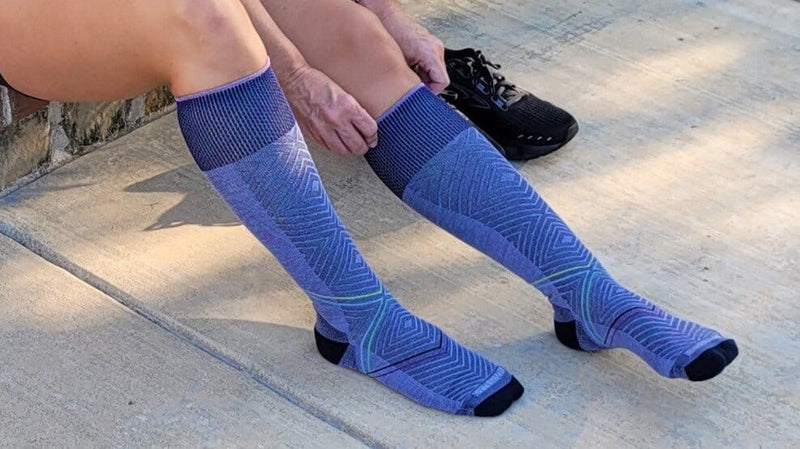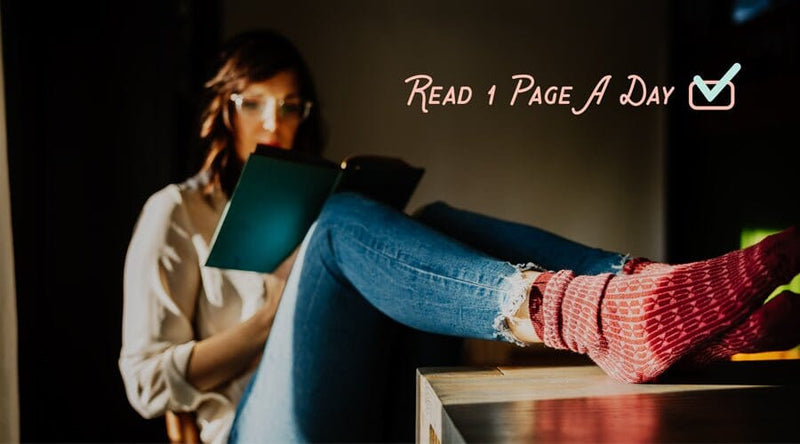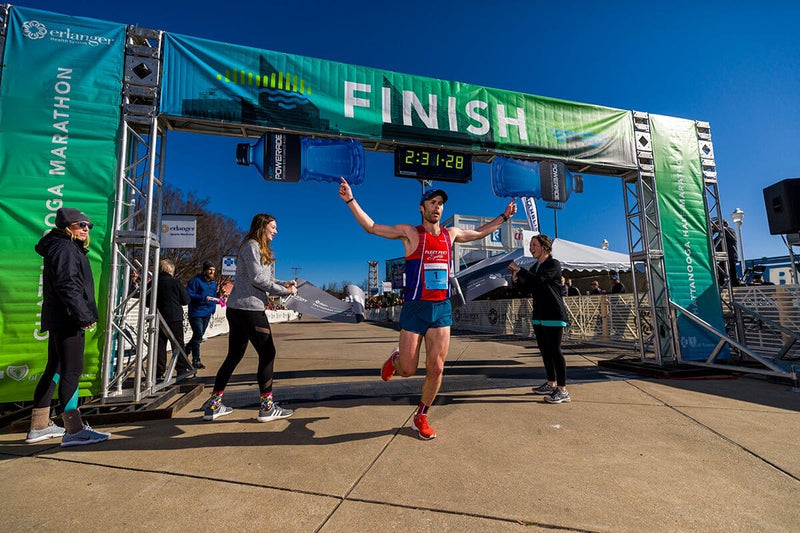
What Are the Best Socks for Sweaty Feet?
Choosing the best socks for sweaty feet helps promote foot health and everyday comfort. If your feet are prone to excessive sweating, here’s how to choose socks that don’t trap moisture, foot odor, or bacteria.
Key Takeaways
- Wear Socks: Prevent blisters, odor, and moisture buildup by wearing socks.
- Breathable Fabrics: Choose fine merino wool, bamboo rayon, or synthetic blends.
- Moisture Management: Opt for moisture-wicking materials like merino wool.
- Proper Styles: Use crew socks for running, cushioned socks for boots, and compression socks for long walks.
- Avoid Cotton: Cotton retains moisture and leads to discomfort and blisters.
- Merino Wool Benefits: Regulates temperature, controls odor, and stays comfortable without itching.
- Daily Use and Warm Weather: Suitable for daily wear and warm conditions.
- Maintenance: Wash in cold water, lay flat to dry, and replace every 6-12 months.
Should You Wear Socks With Sweaty Feet?
People who struggle with sweaty feet can certainly benefit from giving their toes some breathing room whenever possible.
But it’s not always possible to avoid socks and shoes altogether. Most people need to slip on socks to wear under their work boots or gym shoes. If they don’t, they may end up with irritated blisters, smelly footwear, and even more moisture trapped in their shoes.
What to Look for When Choosing Socks for Sweaty Feet
What kind of socks keep your feet from sweating? Whether you’re seeking the best work socks for sweaty feet or a reliable pair to get you through tough workouts, here are a few key sock material and style considerations.
Breathable Fabrics
Breathable socks for sweaty feet don’t trap in humidity. Instead, they support air circulation to keep your toes cool and dry. Look for fine merino wool (Sockwell’s signature fabric), semi-synthetic and synthetic materials like rayon from bamboo, or a blend of both.
Moisture-Managing Material
Choose socks designed to manage moisture. Merino wool, for example, constantly absorbs and evaporates moisture. It can hold up to 30% of its weight in moisture, but unlike cotton, wool allows the moisture to freely evaporate.
Suitable Styles
Select socks in the right fit and style to ensure your clammy feet are protected and not prone to rubbing and blistering. Try crew socks with your running shoes. Wear work socks with extra cushion under your steel-toed boots. And consider compression socks for long walks to reduce swelling.
Are Cotton Socks Good for Sweaty Feet?

Cotton is a natural material, so you might think it’s a good idea to stash cotton socks in your drawer for trips to the gym or long walks in humid weather. But cotton does not allow moisture to freely evaporate, so this fabric is not ideal for those who struggle with extra-sweaty feet.
As the American Podiatric Medical Association notes, “One hundred percent cotton socks absorb moisture but do not wick it away from the skin and frequently lead to blisters, so they should be avoided.”
Are Wool Socks Better for Sweaty Feet?
Although wool is great at keeping you warm, it’s also an ideal material when it comes to keeping your feet cool.
According to REI, “The fine, itch-free fibers of merino wool have virtually replaced the scratchy ragg-wool socks previous generations used. Their biggest advantage is that they are thermostatic (temperature-regulating), so your feet stay comfortable in a wide range of temperatures.”
Stop the Sweat With Sockwell
Don’t let sweaty feet hold you back! Opt for socks made with the right materials and in the right styles to kick sweaty feet worries to the curb. Stash an extra pair of Sockwells in your bag or car so you’ll always find comfort in every step.
Explore Sockwell’s selection of breathable, moisture-managing compression socks and other styles. Order your high-quality socks today so you can skip the sweat and Feel Better in Style!
Frequently Asked Questions
Why should I avoid cotton socks if I have sweaty feet?
Cotton socks tend to absorb moisture, which can lead to damp, uncomfortable feet and increase the risk of blisters. They do not wick moisture away effectively, making them a poor choice for managing sweaty feet.
What makes Merino Wool good for sweaty feet?
Merino Wool is excellent for sweaty feet because it has natural moisture-wicking properties. It pulls moisture away from your skin, keeping your feet dry and comfortable. Additionally, it's breathable, regulates temperature, and helps control odor.
Are wool socks comfortable for daily use?
Yes, wool socks, including those made from Merino Wool, are comfortable for daily use. They offer excellent moisture management and cushioning, which can help prevent blisters and skin irritation, making them a great option for everyday activities.
Do wool socks cause itching?
Modern wool socks, especially those made from Merino Wool, are designed to be soft and non-itchy. They provide a comfortable experience while effectively managing moisture and temperature.
Can wool socks be worn in warm weather?
Absolutely. Merino Wool socks are highly breathable and have temperature-regulating properties, making them suitable for both warm and cold weather. They help keep your feet cool and dry in the heat.
How often should I replace my wool socks?
It's a good idea to replace your wool socks every 6-12 months, depending on how frequently you wear them and how well you care for them. Regularly inspecting for wear and tear will help you decide when it's time for a new pair.
How do I care for my wool socks to make them last longer?
To extend the life of your wool socks, wash them in cold water on a gentle cycle and lay them flat to dry. Avoid using bleach or fabric softeners, as these can damage the fibers.
Can wearing wool socks help with foot odor?
Yes, wool socks, especially those made from Merino Wool, naturally help control foot odor. They wick moisture away and are breathable, which reduces the conditions that lead to odor-causing bacteria.
Related Posts
Start Small: Swap Your Resolutions for Micro Habits
Time for setting New Year's resolutions, starting those New Year's resolutions, and ultimately forgetting about those New Year's resolutions. Instead of this age-old routine, consider achieving your goals through micro habits.
How to Pack a Suitcase Like a Pro
As restrictions lift and the world opens back up, we're all antsy to get traveling again. But before you shuffle through your closet and double-down on travel outfits, I’ve put together...
Marathon Training Food: How to Fuel Up for a Big Race
No single nutrition plan works for all athletes, so the best thing you can do is test out healthy foods, gels, chews, sports drinks, and homemade snacks to determine what...



